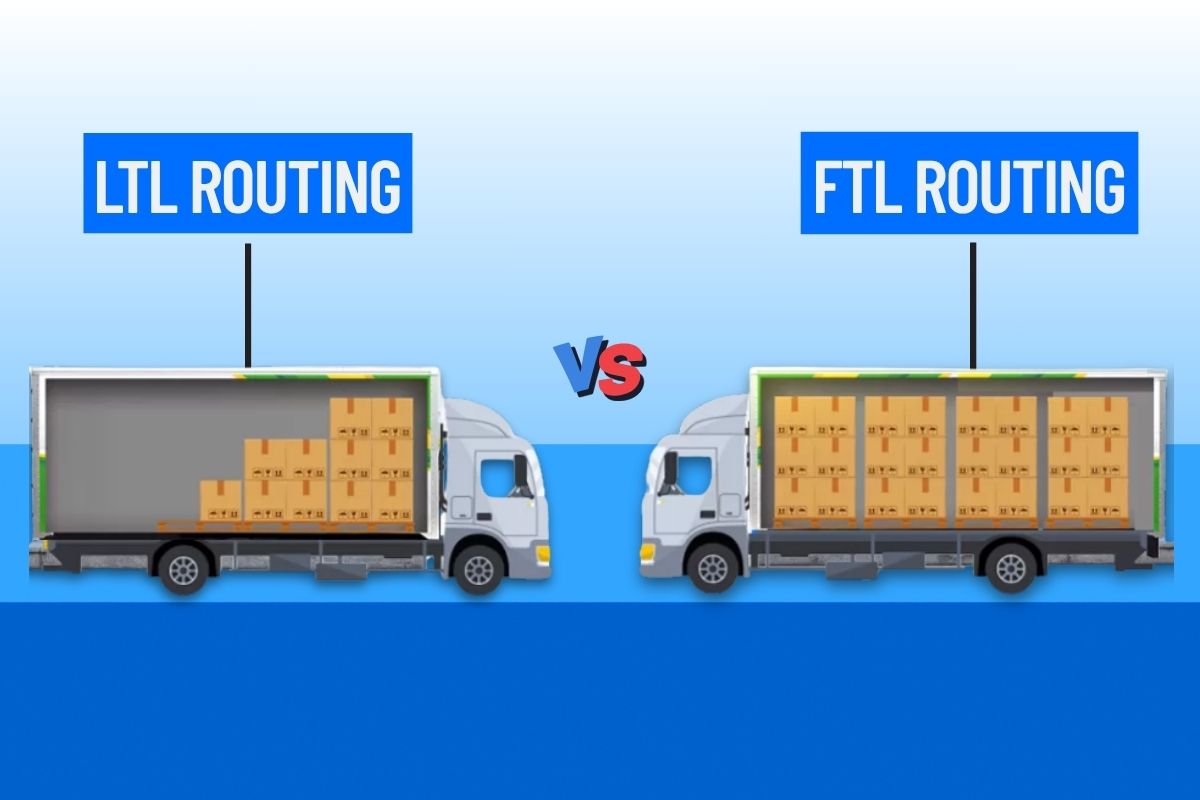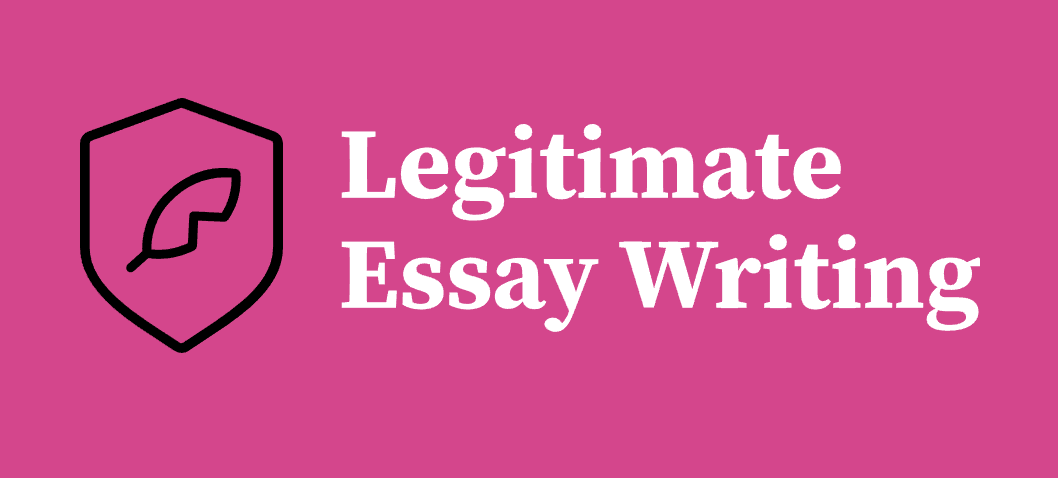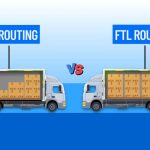Shipping routes can make or break your logistics game. Nailing it makes your supply chain move quicker and better. There are two primary means: Less Than Truckload (LTL) and Full Truckload (FTL). One is required for one scenario, and the other for another.
LTL routing is ideal when your load is light. It is cheaper and does the trick without using too much space. FTL is meant for heavy loads. It hauls quicker and is safer.
Realizing these variances enables cost optimization, operational improvement, and customer satisfaction. Of the two, the choice depends on the volume shipped, packaging speed, and cost. The right choice saves time. It maintains your logistics in flow from the factory to the destination. Let’s analyze them and determine what suits your business.
What is LTL Routing?
LTL routing offers a cost-effective shipping alternative for businesses that have lighter loads. Your freight travels together with others, saving money and improving efficiency. It also reduces its impact on the environment through optimizing freight capacity.
Key Features of LTL Routing
- Cost-Effectiveness: Paying only for used space leads to cost savings.
- Classification of Freight: Classify shipments according to density, stowability, and liability under the National Motor Freight Classification (NMFC) system.
- Sustainability: Lowering unused truck capacity reduces carbon and emissions production.
LTL routing is especially useful for businesses that ship in small, high-frequency quantities. It provides an end solution without the added expense of paying for unused truck capacity.
What is FTL Routing?
FTL routing is reserving an entire truck for a single shipment. It is best for businesses with big, high-demand loads or special products that must be shipped exclusively.
Key Features of FTL Routing
- Dedicated Space: Your truck, and the consolidation requirement is removed.
- Faster Service: Fewer stops and a shorter route result in quicker delivery.
- Better protection: For products that require little handling, the possibility of the products getting damaged or lost en route is similarly reduced.
FTL routing is ideal for companies that prioritize speed and reliability in their shipping processes.
When to Use LTL Routing?
LTL routing is an option for companies in some circumstances. This is when it is worth it:
1. Small Shipments Sizes
If your shipment is too small for a truck, LTL routing is the best option. It is cost-saving without compromising on timeliness.
2. Cost-conscious Companies
LTL routing saves on logistics expenses. You pay for only the space your shipment takes, not the high expense of reserving a whole truck.
3. Green Businesses
By consolidating shipments, LTL routing decreases truck utilization on the road. This translates to fewer carbon footprints and improved sustainability strategies.
4. Flexible Delivery Timelines
For businesses that do not require immediate deliveries, LTL routing is a convenient and cost-saving alternative. It provides safe transport at less expensive rates than FTLs.
When to Use FTL Routing?
FTL routing is a superior choice in certain instances. Here’s when it is imperative:
1. Large Shipment Sizes
If your shipment occupies a whole truck or requires a designated slot, FTL routing is the most efficient option. It utilizes the space optimally and offers trouble-free transportation.
2. Time-sensitive Deliveries
FTL routing offers faster transit times. Since there are no intervening stops, freight arrives earlier.
3. High-value or Fragile Goods
Truck space that is dedicated reduces handling and guards against loss or damage. FTL routing also provides enhanced security for sensitive or high-value goods.
4. Standard Shipping Volumes
Businesses with regular, high-volume shipments value the predictability and ease of FTL routing. It streamlines supply chains and enhances delivery dependability.
Maximizing Your Logistics Strategy
The secret is getting the proper cost-efficiency balance versus delivery time. This is the way businesses can make the most informed choices:
1. Examine Shipment Patterns
Your shipping volume and frequency determine whether LTL or FTL routing is better for your company.
2. Assess Cost Effectiveness
Compare costs for both routes. Where shipments are small but frequent, LTL routing offers savings. For large-volume shipments, FTL routing minimizes total transportation cost.
3. Account for Customer Expectations
Delivery promises should be kept in order to achieve customer satisfaction. Employ high-priority shipping using FTL routing and cost-effective, flexible deliveries using LTL routing.
Employ Technology to Make Better Routing Decisions
In the decision between routing via LTL or FTL, the decision will have substantial implications in terms of cost, speed, and efficiency of logistics. LTL is suitable for low-volume deliveries, saving costs as well as fuel. In cases of high-value freight, FTL delivers faster and more securely. Having both methods on hand, companies can gain optimum operating efficiencies and reduce costs.
An effective shipping strategy places the supply chain in its optimal form, ensuring the least likelihood of delay and improving your overall customer satisfaction score. Better routing decisions are held accountable for effective usage of resources and brand loyalty.
Technology partners such as FarEye provide advanced route planning features through which organizations make well-informed decisions. Well-planned shipping strategy results in better outcomes, happy customers, and long-term prosperity in a competitive business environment.











